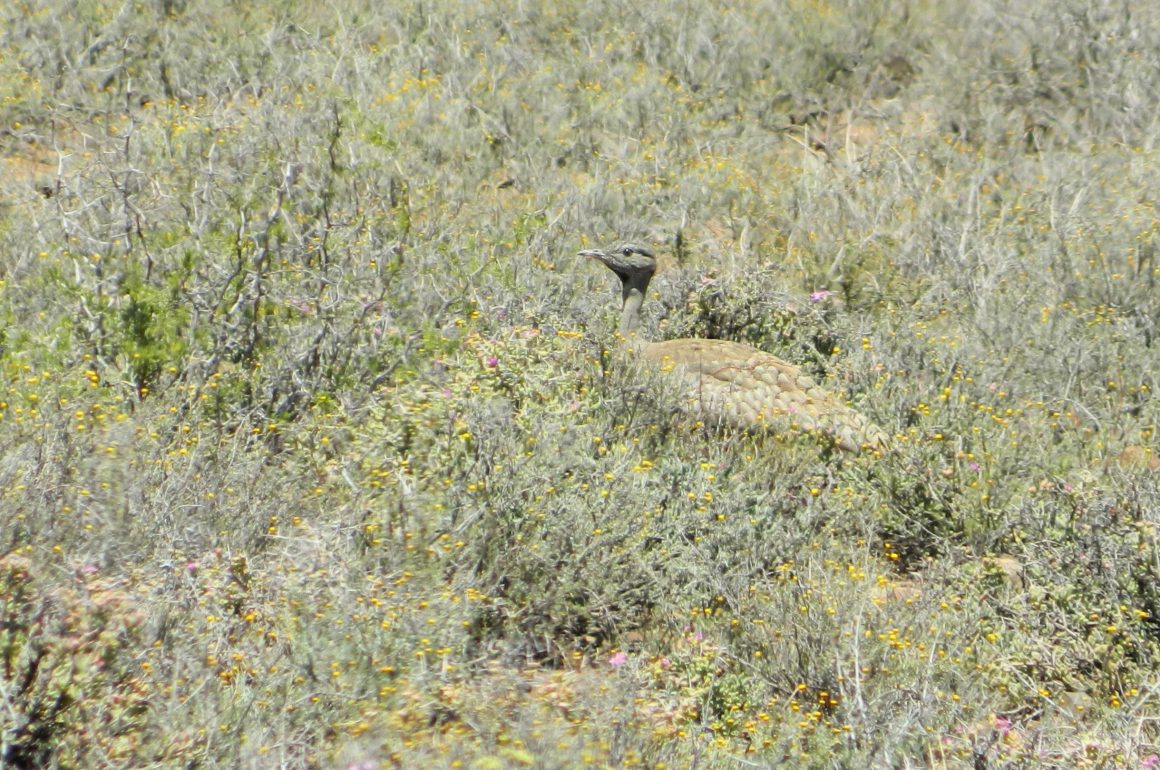
During our time of living in Pretoria in South Africa, we occasionally made trips to Cape Town and the surrounding regions. As none of us enjoyed overly long drives, we usually broke down the trip into two or three shorter segments. Because of its suitable location, we often ended up staying a night at the Karoo National Park. The national park hosts beautiful scenery both of flat and hilly terrain, providing a large diversity of birds and being the first place where I saw many of South Africa’s arid-country and karoo species.
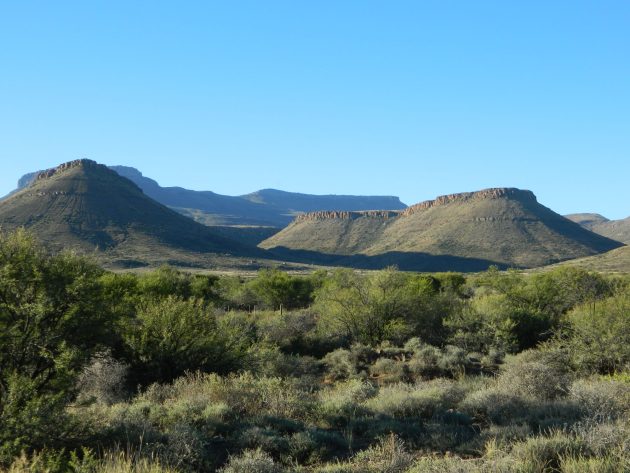
For me, the lower-lying plains were the most interesting. This is where Karoo Korhaans stroll around warily among the low vegetation, being remarkably difficult to spot (featured image). Various larks and other passerines can be found here as well. Lifers for me included Karoo Long-billed Lark and the attractive Rufous-eared Warbler for me.
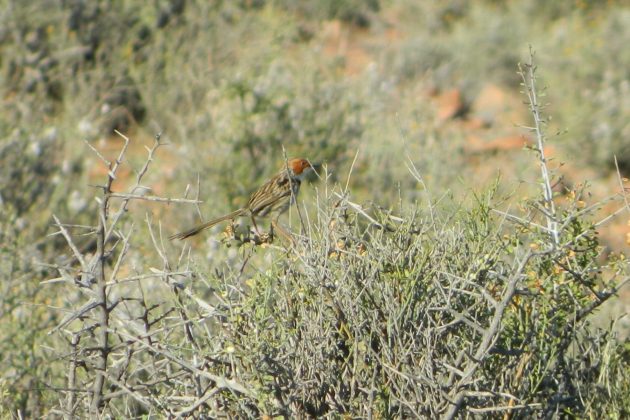
On the way to the Karoo National Park, we once had a puncture in our car tyre and were forced to make a stop along the roadside. For me this was quite a convenient stop though, as I was still too young to help my parents change the tyre and instead filled the time constructively in another way, namely adding Tractrac Chat and Spike-heeled Lark to my list.
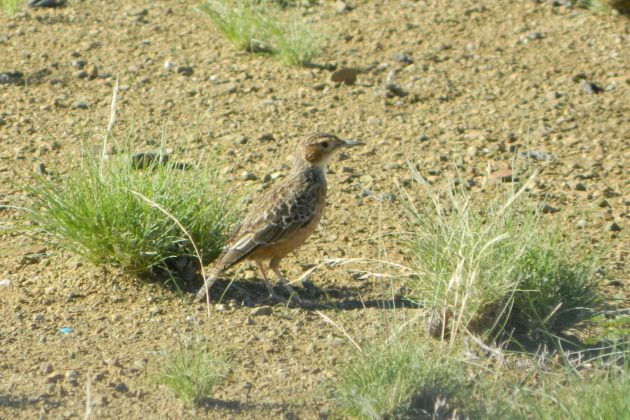
The park’s campsite was an excellent spot to watch the approachable Bokmakerie, which was particularly tame here. However, the nearby nursery was also always excellent for birds. The humidity that resulted from the frequent watering of plants attracted many insects, which in turn drew in birds like the Southern Tchagra.
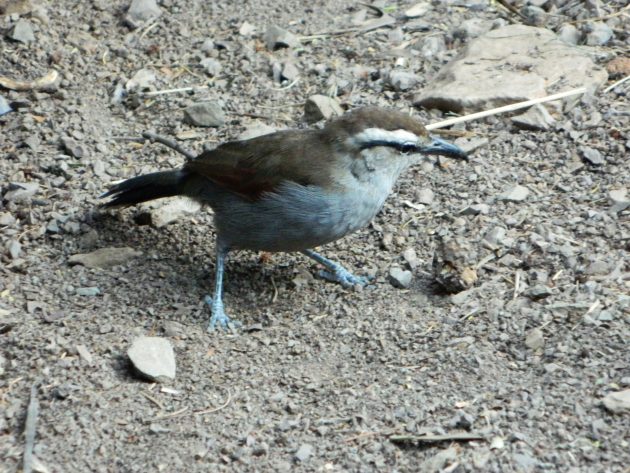
Driving into the more hilly reaches of the park, a different range of animals was in evidence. Klipspringers were common, giving us ample chance to admire their ability to move on the large boulders with such ease, tip-toeing on their hooves. Malachite Sunbird was another attraction here, with the beautiful males usually feeding among stands of flowering bushes or trees.
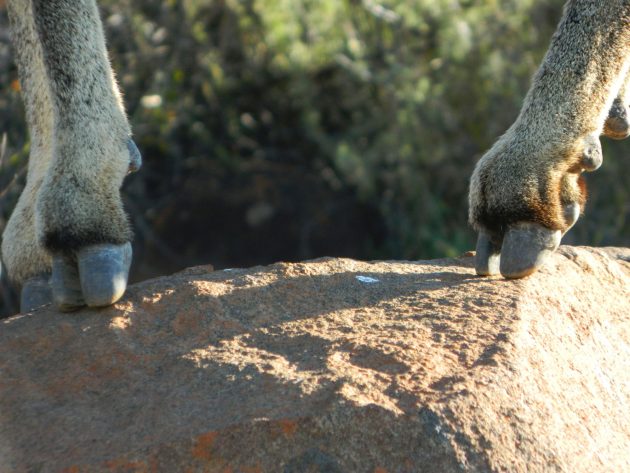
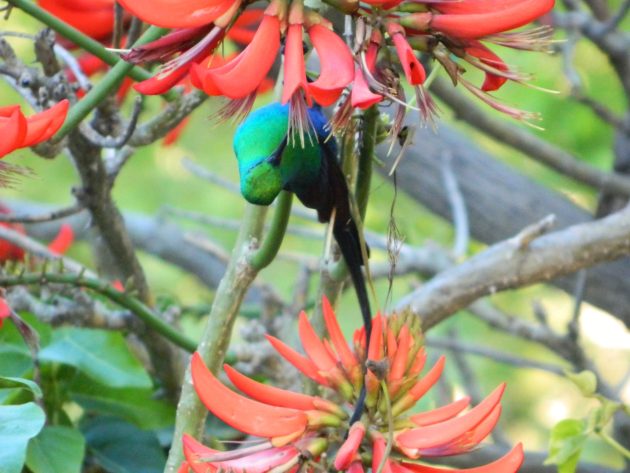
Given our use of the park as a stop-over, we only ever managed to scratch the surface of what this area has on offer. However, the host of good birds that can be easily seen on a brief visit is clearly evidence for the large diversity of species that can be found in the park.

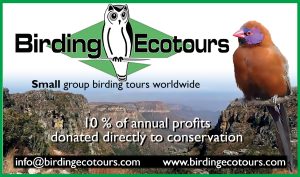
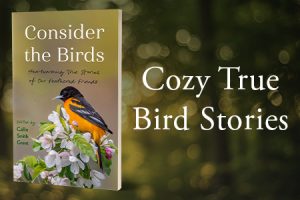

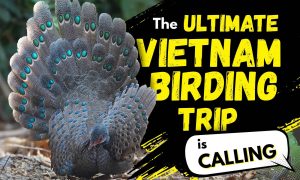
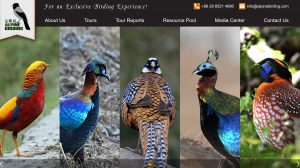
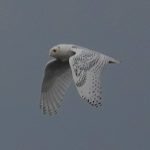
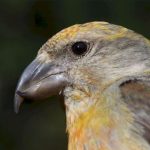
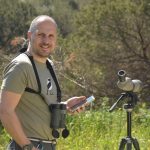
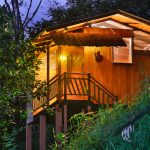
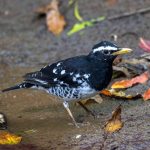
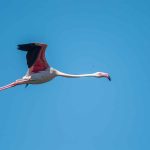
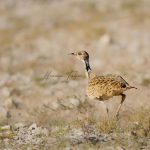
The Karoo is a great area for birding. Personally, I think it’s better than the Cape proper.